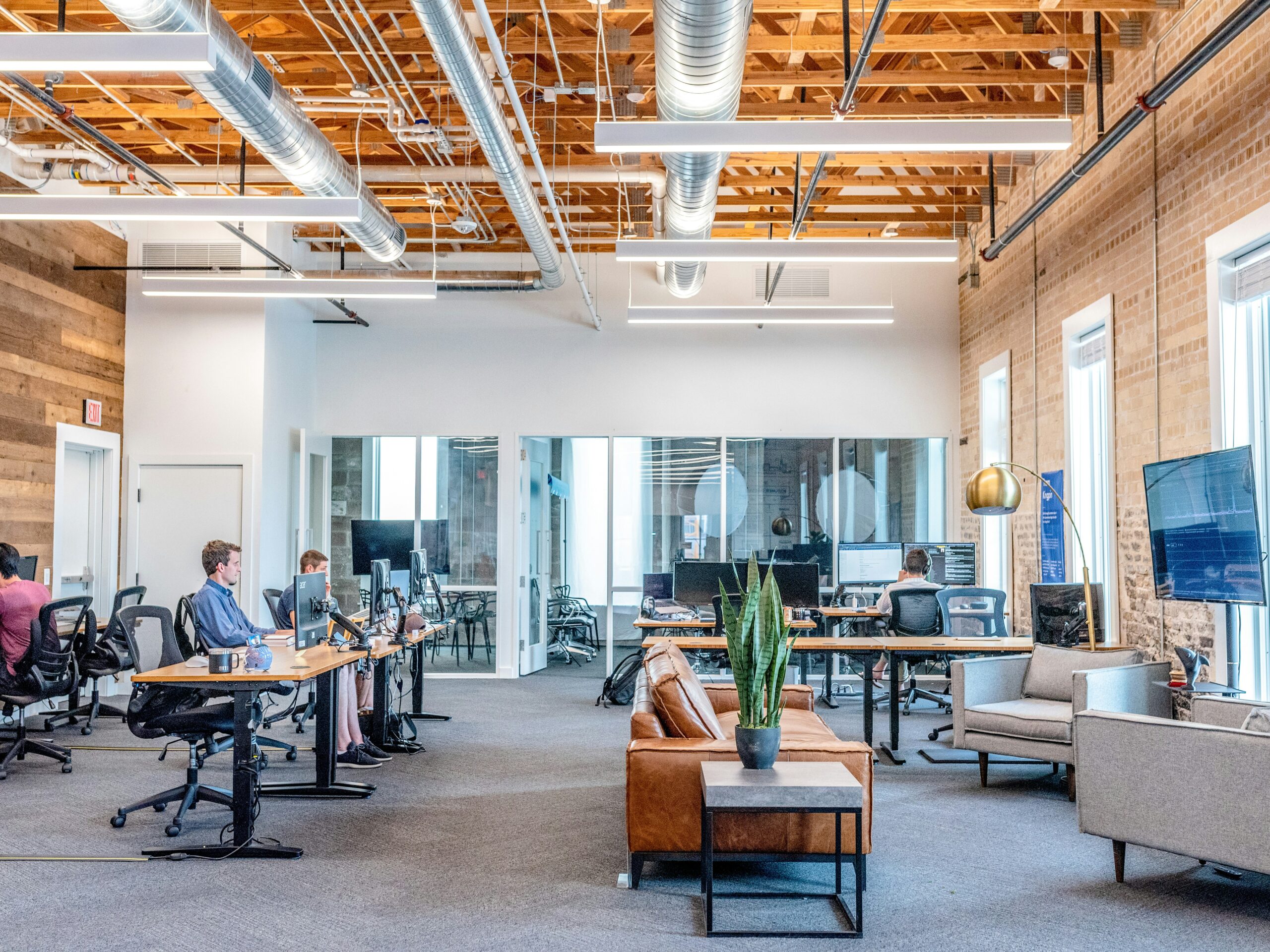
Virtual reality (VR) has been steadily gaining traction in numerous industries, offering new opportunities for innovation and transformation. One of the areas where its impact is especially significant is workplace training. As businesses and organizations strive for greater efficiency, employee engagement, and skill development, VR has emerged as a powerful tool that can radically alter how professionals are trained. By providing immersive and interactive learning experiences, VR is reshaping traditional training methods, enabling companies to stay ahead of the curve in an increasingly competitive world. This article explores how virtual reality is transforming professional development and the future of workplace training.
Immersive Learning Experiences
Traditional training methods, such as classroom instruction and online tutorials, have long been professional development standards. While these approaches have merits, they often lack the engagement and hands-on experience to grasp complex skills. Virtual reality changes that dynamic by providing employees with immersive learning environments replicating real-life scenarios. For instance, VR can simulate dangerous situations, such as chemical spills or machine malfunctions, without putting anyone at risk. This makes it ideal for industries where safety is a concern, such as healthcare, manufacturing, and construction.
The immersive nature of VR training also fosters a deeper connection to the material. In traditional settings, employees may struggle to stay engaged or retain information, especially if the material is complex or dry. Conversely, VR uses 3D visuals, sound, and interactivity to create an experience that draws users in, enhancing retention and understanding. This means employees are not just passive recipients of information but active participants in their learning. The ability to practice real-world tasks in a virtual space can build confidence and competence, which translates into improved performance when employees are on the job.
Scalability and Accessibility
One of the most notable advantages of VR-based training is its scalability. Traditional training programs often require significant resources, such as hiring instructors, securing training spaces, and traveling to off-site locations. These logistical challenges can limit the reach of training programs, especially for large organizations with multiple branches or global teams. With VR, training modules can be easily replicated and distributed to employees worldwide. A single VR simulation can be used across a company, ensuring all employees receive the same high-quality training, regardless of location.
Moreover, VR-based training is not confined to a specific time or place. Employees can access training modules at their convenience, allowing for more flexibility in learning. This mainly benefits organizations with shift work or employees in remote locations. The ability to train employees at any time of day, without the need for scheduling or coordinating group sessions, helps organizations streamline their professional development efforts. This accessibility reduces logistical burdens and allows for more frequent and consistent training, ensuring employees stay current with industry trends and company protocols.
Cost-Effectiveness in the Long Run
While implementing virtual reality technology may come with an upfront investment, its long-term savings make it an attractive option for many companies. Traditional training programs can be costly, especially when considering expenses related to instructor fees, travel, printed materials, and facility rentals. VR-based training, on the other hand, eliminates many of these ongoing costs. Once the VR equipment and training modules are set up, companies can continue to use them for years, offering a cost-effective solution to employee training.
Additionally, VR-based training programs can significantly reduce the time it takes for employees to reach proficiency. With traditional training, employees may need to spend weeks or even months learning through trial and error and completing repetitive tasks to build skills. VR allows quicker mastery by offering an environment where employees can repeatedly practice and hone their skills in a safe, controlled setting. This ability to fast-track training saves time and reduces the likelihood of costly mistakes when employees are on the job.
Customization and Personalization
Employees are different, and their learning styles and pace can vary widely. One of the key benefits of VR training is its ability to offer customized learning experiences. Through adaptive technologies, VR platforms can tailor training modules to suit individual needs, providing personalized feedback and guidance. For example, if an employee struggles with a specific task, the system can identify areas of weakness and offer additional exercises or tutorials to reinforce that skill. This level of customization ensures that each employee gets the support they need to succeed, rather than relying on a one-size-fits-all approach.
In addition to adjusting content based on performance, VR training can accommodate different learning preferences. Some employees may benefit from more visual cues, while others may prefer hands-on learning or auditory instructions. VR can blend these various methods seamlessly, creating an immersive experience that aligns with the learner’s strengths. This flexibility helps employees feel more engaged and empowered, leading to better outcomes and higher job satisfaction.
Preparing for the Future of Work
As the nature of work continues to evolve, so must how employees are trained. The rise of automation, artificial intelligence, and other technological advancements means that workers must continually adapt to new tools and processes. Traditional training methods may not be sufficient to keep up with the rapid pace of change. VR-based training, however, offers a solution that is both future-proof and adaptable to new developments.
For instance, VR can train employees on cutting-edge technologies before they exist in the real world. As new tools and systems are introduced, VR modules can be updated and customized to reflect these changes, ensuring employees are always prepared for the next wave of innovation. By incorporating VR into their training strategies, companies can foster a culture of continuous learning where employees are equipped to meet the challenges of tomorrow’s workplace. This benefits individual employees and enhances overall organizational agility and competitiveness.